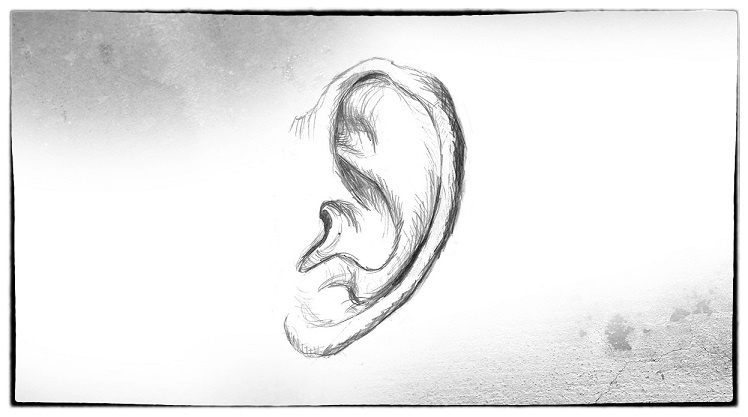
Perhaps you’ve heard the quote “There’s a difference between listening and waiting for your turn to speak.” The concept might seem simple, but active listening – that is, fully concentrating on what’s being said – takes work and practice. And the results can make a significant difference in the quality of relationships, followership and overall results.
Five Steps for Sharpening Your Listening Ears
While there may not be an actual formula for active listening, there are steps you can take to become a better listener. Even if you already feel like you’re a good listener, it never hurts to brush up on these skills as listening is an irreplaceable tool in your communications toolkit.
1. Focus.
Make eye contact with the person who is talking with you and give them your full attention. This means putting your phone away and not letting anything distract you.
2. Confirm with the source and ask clarifying questions.
The best way to reinforce that you are listening while also making sure you are accurately understanding what someone is saying is to restate what you have heard to check your understanding. Use phrases like:
- “What I’m hearing you say is…”
- “What I’m understanding from you is…”
- “Is it fair to say that what you are most concerned about is…”
- “Did you say that [x] is your top priority?”
3. Listen with all your senses.
Do you hear that the person is talking loud? That could be an indication of frustration or anger. Do you see that he or she is avoiding eye contact with you? Perhaps there is an issue of shyness or feeling intimidated. Are their arms crossed? They might be feeling defensive.
4. Remain neutral.
You must be aware of your own feelings, biases and opinions, so they don’t affect what you’re hearing.
- Avoid getting defensive. If someone has a criticism, remain open minded by saying something like: “Thanks. I’m glad to know that. Let’s talk about what we can do to fix that.”
- Don’t let an area of friction derail the entire conversation. If the speaker seems hung-up on one particular issue, try moving the conversation along by saying something such as: “Thanks. I’m glad to know that. What else is on your mind?”
- Agree to disagree to avoid getting emotional. Calmly state something like. “I understand your point. We just disagree on this one.”
5. Genuinely listen.
Let the speaker finish his or her thoughts before you begin evaluating what they are saying. That may require taking a thoughtful pause before you respond. And don’t get distracted by thinking about what you’re going to say next instead of listening to what they’re saying.
Don't Forget This Critical Action
Even when you apply each of these steps, there is one critical action that you must remember to apply after the conversation: follow up. If you’ve committed or agreed to do something, such as sharing information via email later, make sure you do it. The best listening may seem to fall on deaf ears if the receiver doesn’t take action as spurred by the conversation.
How well do you truly listen? Take this Listening Quiz…the results may just surprise you.
—David Grossman


Comments on this post